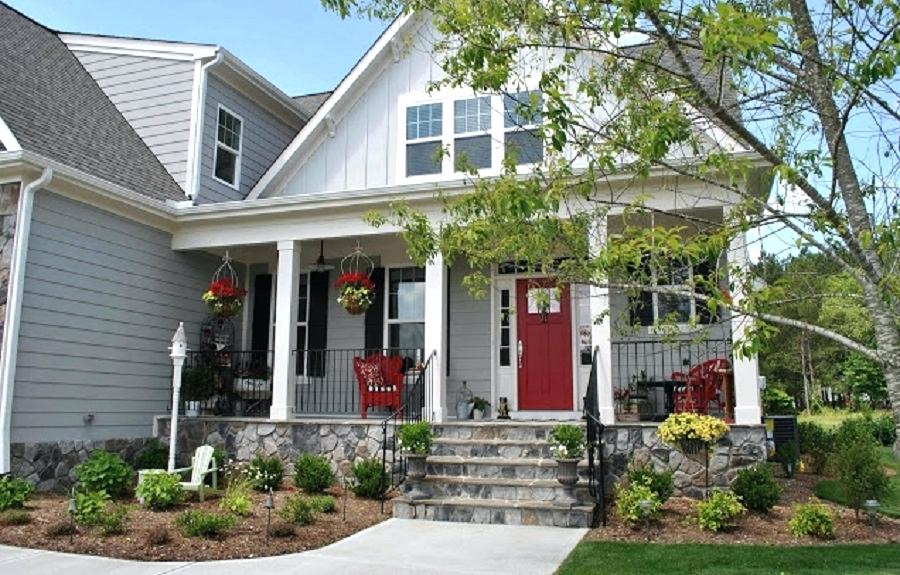The 7 Best Ways To Use Landscaping To Add Real Value To Your Home

Landscaping Can Improve Your Home in More Ways Than One
Good landscaping is one of the key components of your home’s curb appeal. Beyond that, it can actually add value to your home — value that you can enjoy while you own the home, and value that you can cash in on should you choose to sell it. However, not all landscaping is created equal in terms of adding real dollar value to your home. Furthermore, poorly designed landscaping, landscaping that doesn’t fit the property or the look of the home, and poorly executed or maintained landscaping can all lessen the value of your home. Some landscaping can even hurt your home’s value, regardless of how well it may be done. Read on for a quick list of seven ways you can add real value to your home through landscaping.
1. Edging
This may seem like landscaping 101 to many homeowners, but it’s surprising how often this quick and easy step is overlooked in favor of bigger and more expensive landscaping projects. Giving your property a lush lawn with a well defined, neatly trimmed edge is a cheap and easy way to boost your home’s curb appeal and value.
2. Mulching
Another very inexpensive way to set off the contrasts between your planted beds, edged lawn, and other landscape is through the use of plenty of quality mulch. Mulch is also excellent for helping to keep weeds at bay, and protecting plants during times of drought and heavy frost.
3. Intentional Design
One of the most important elements of a landscaping plan and something that can ultimately add value to your house is making sure that your design is intentional and serves to highlight the beauty of your home, working with it to form a unified aesthetic on your property. Many people simply add plants that they like and can afford, without giving any thought to the overall concept of what they’re trying to accomplish. This can result in a happy accident of unified design, or it can result in having two elements (home and grounds) that each look great, but don’t look good together.
4. Seasonal Balance
Another thing that many homeowners fail to consider when planning their landscaping is the fact that all plants have varying seasonal life cycles. The idea is to make your home look great regardless of the season, not just during the three weeks when all your plants are simultaneously in bloom. An excellent landscape design considers seasonal balance, providing the eye with stimulus regardless of the month of the year.
5. Flowering Perennials
Once you have your intentional landscape design put together, considering the architecture of your home and the need for seasonal balance, you are ready to begin making choices about plants. Keep in mind that flowering perennials may be one of the most affordable and dramatic ways to add value to your home. This is especially true when you’re preparing to stage your home for a quick sale, and want the inside and outside to look their best.
6. Trees
There are very few non-architectural ways to add value to your home that rival the addition of trees. Trees not only provide aesthetic value to the look of your property, but they can also help you keep your home energy costs down by providing shade in the summer, or a windbreak during colder weather.
When selecting trees, do keep in mind that some trees come with maintenance requirements that could seem like a chore or a nuisance to a prospective home buyer.
7. Retaining Walls and Other Built Features
Lastly, and most expensive but with perhaps the greatest payoff, are the built-in elements of your property’s landscape: driveways, patios, terraces, retaining walls, sculptural or architectural focal points, and the like. While these can be costly to install, replace, or upgrade, they can also add the most potential value to your home.
When Too Much Is a Problem
Not every prospective home buyer is looking for a garden that requires serious upkeep. That rose garden that you’ve spent years working on may look like a chore to someone else. If adding value to your property is your primary goal, just remember that too much landscaping can be viewed as a problem, as well.
See more at…https://www.homes.com/blog/2016/05/7-best-ways-use-landscaping-add-real-value-home/